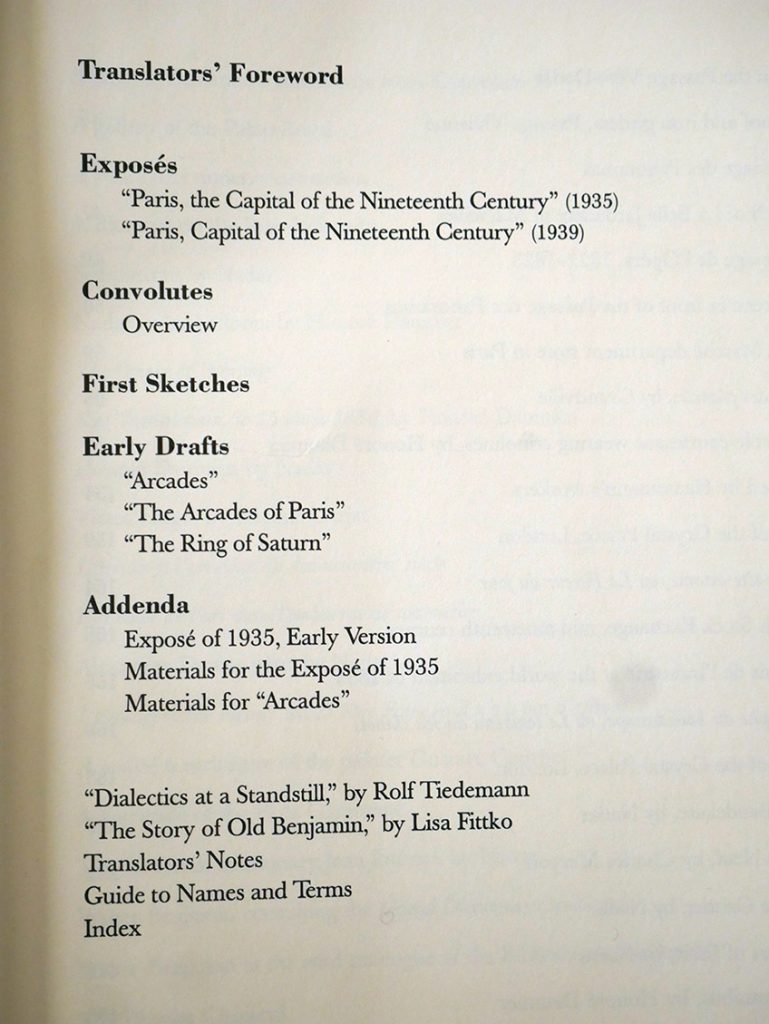


If in the beginning the street had become a interior for him, now this interior turned into a street, and he roamed through the labyrinth of merchandise (Labyrinth der Ware) as he had once through the labyrinth of the city (Benjamin 1973, 57). The bazaar (Warenhaus) is the last hangout of the flâneur. If the arcade is the classical form of the interior, which is how the flâneur sees the street, the department store is the form of the interior’s decay. The introduction of the grand boulevards of Haussmann and the emergence of the department stores ultimately destroyed the sources for flânerie. Benjamin focused mostly on cultural history “leading from the soothing cityscapes of the physiologists through the urban allegories of Baudelaire, and ending in Baron de Haussmann” (Paetzold, 117). It is important to keep in mind, as Susan Buck-Morss wrote, that “The Arcades Project” was deeply informed by political interest in contemporary society. In his one thousand pages project, Benjamin attempts to map the city of modernity by offering a “panoramic vision of the city” (Gilloch, 102).


 0 kommentar(er)
0 kommentar(er)
